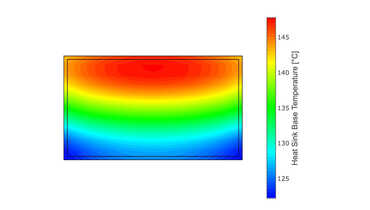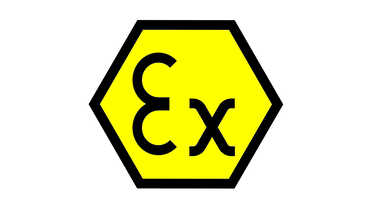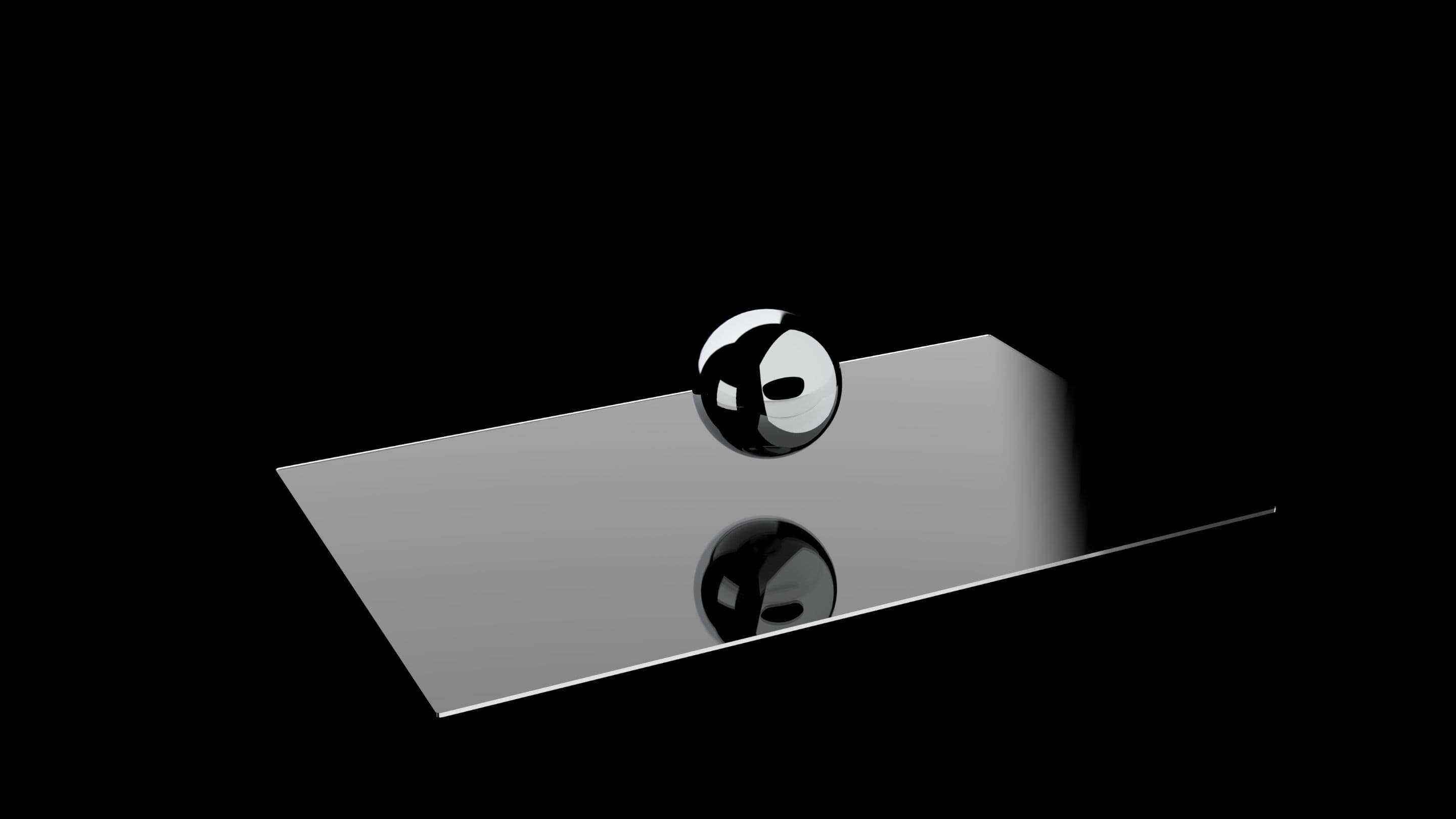Hydrofluoric acid is a solution of hydrogen fluoride in water. While it is extremely corrosive and dangerous to handle, it is technically a weak acid. Hydrogen fluoride, often in the aqueous form as hydrofluoric acid, is a valued source of fluorine, being the precursor to numerous pharmaceuticals (e.g., Prozac), diverse polymers (e.g., Teflon), and most other synthetic materials that contain fluorine.
Hydrofluoric acid is extremely corrosive and a contact poison. It should be handled with extreme care, beyond that accorded to other mineral acids, in part because of its low dissociation constant, which allows HF to penetrate tissue more quickly. Symptoms of exposure to hydrofluoric acid may not be immediately evident. HF interferes with nerve function and burns may not initially be painful. Accidental exposures can go unnoticed, delaying treatment and increasing the extent and seriousness of the injury. HF is known to etch bone, and since it penetrates the skin it can weaken bones without destroying the skin. More seriously, it can be absorbed into blood through skin and react with blood calcium, causing cardiac arrest. In the body, hydrofluoric acid reacts with the ubiquitous biologically important ions Ca2+ and Mg2+. In some cases, exposures can lead to hypocalcemia. Thus, hydrofluoric acid exposure is often treated with calcium gluconate, a source of Ca2+ that sequesters the fluoride ions. HF chemical burns can be treated with a water wash and 2.5% calcium gluconate gel or special rinsing solutions.However, because it is absorbed, medical treatment is necessary rinsing off is not enough. In some cases, amputation may be required. Hydrogen fluoride is generated upon combustion of many fluorine-containing compounds such as products containing Viton and Teflon parts. Hydrogen fluoride converts immediately to hydrofluoric acid upon contact with liquid water.



